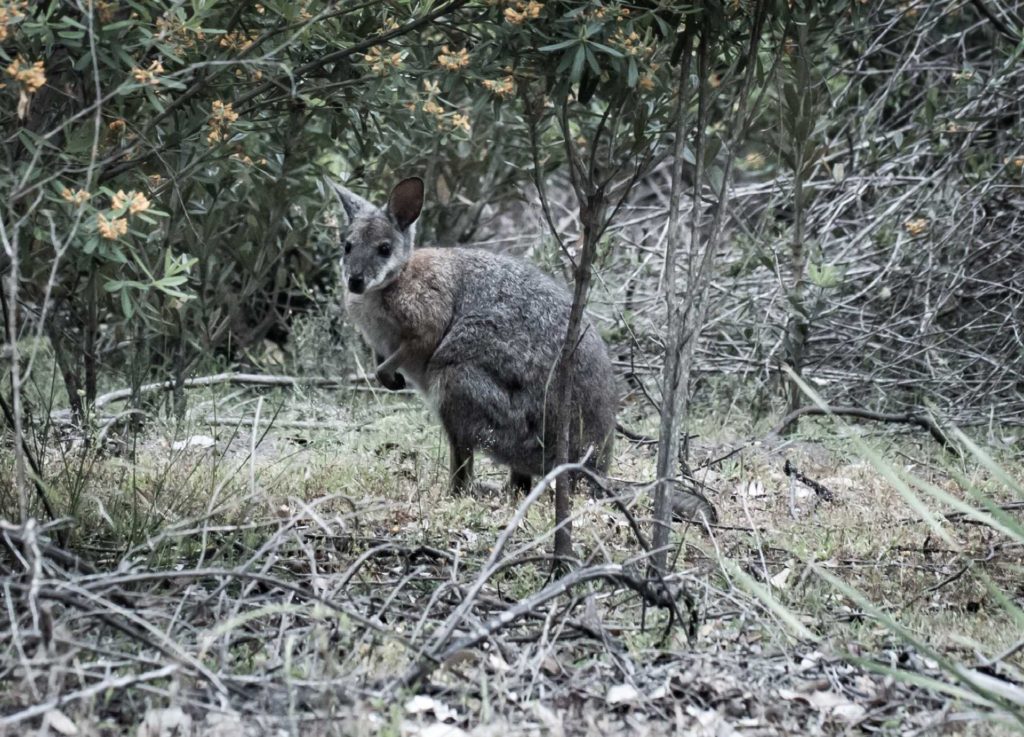Makuru sees the coldest and wettest time of the year come into full swing.
Traditionally, this was a good time of the year to move back inland from the coast as the winds turned to the west and south bringing the cold weather, rains and occasionally snow on the peaks of the Stirling and Porongurup Ranges.
As the waterways and catchments started to fill with freshwater from the heavy rains, people were able to move about their country with ease and so their food sources changed from sea, estuarine and lake foods to those of the lands in particular the grazing animals such as the yonga (kangaroo), wallaby and koomal (brush-tailed possum).
As well as a food source, inland animals provided people with many other things during this time of year. After a successful hunt, nothing was wasted. These animals not only provided meat but the skins were used to make bookas (animal skin cloaks that were used to protect against the cold), and the bones and sinews were used in the manufacturing of hunting tools such as spears and kodj (axes).
Makuru is also the time of year Noongar people often refer to as the season of fertility, as a lot of animals are pairing up in preparation for breeding in the coming season. If you look carefully, you might now see pairs of wardongs (crows or ravens) flying together. You also notice these pairs not making the usual ‘ark ark arrrrrk’ that these birds are well known for when flying solo. Upon the lakes and rivers of the South West, you’ll also start to see a large influx of the Black Swan or ‘Mali’ as they too prepare to nest and breed.
Flowers that will start to emerge include the blues and purples of the Blueberry Lilly (Dianella revoluta) and the Purple Flag (Patersonia occidentalis). As the season comes to a close, you should also start to notice the white flowers of the weeping peppermint (Agonis flexuosa) as the blues start to make way for the white and cream flowers of Djilba.



